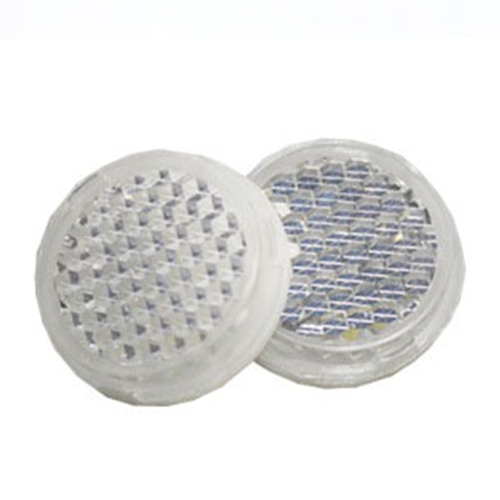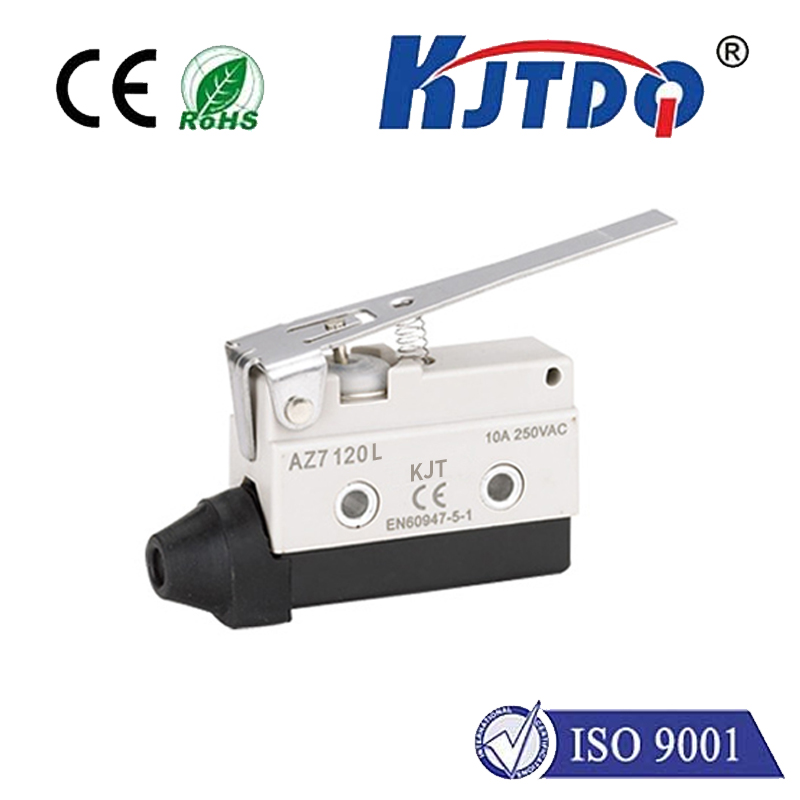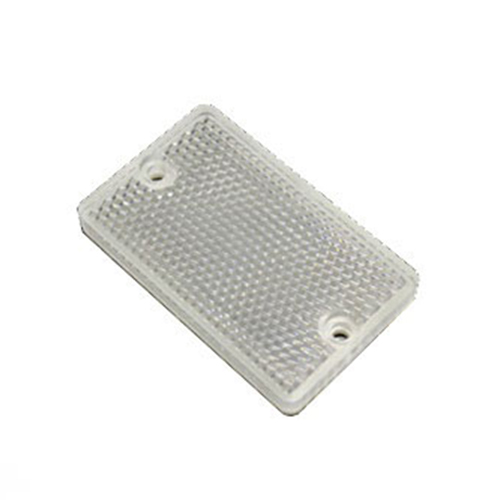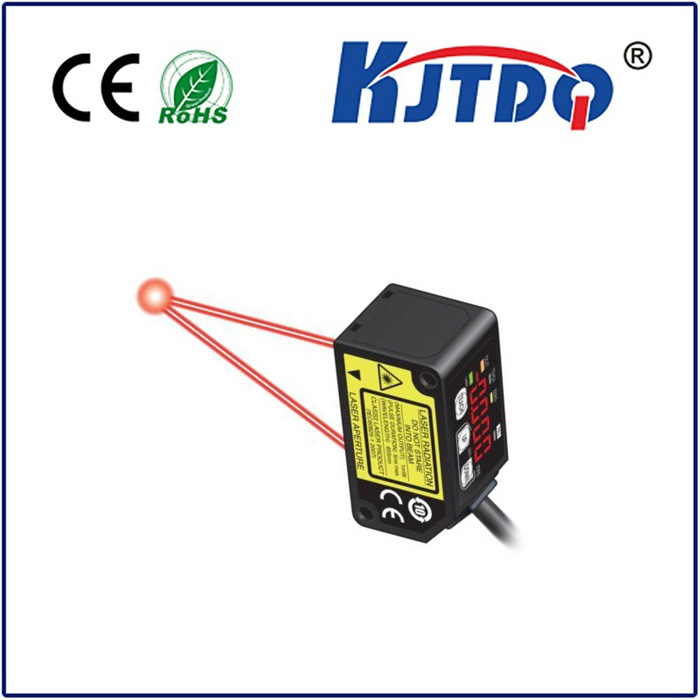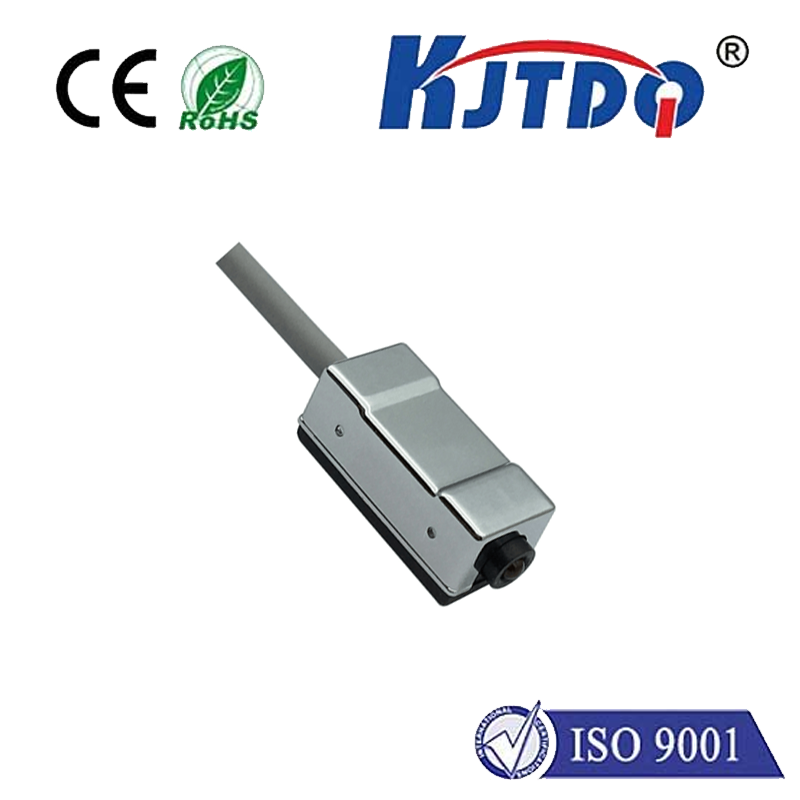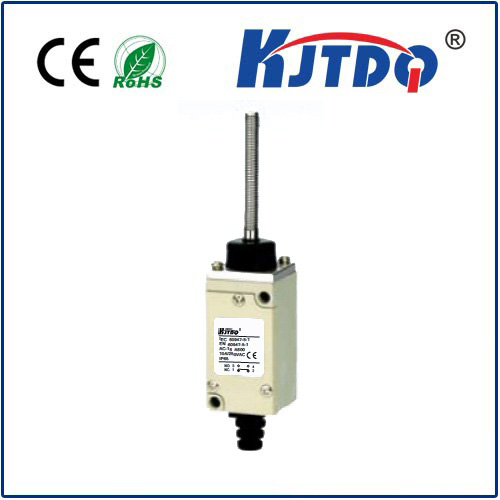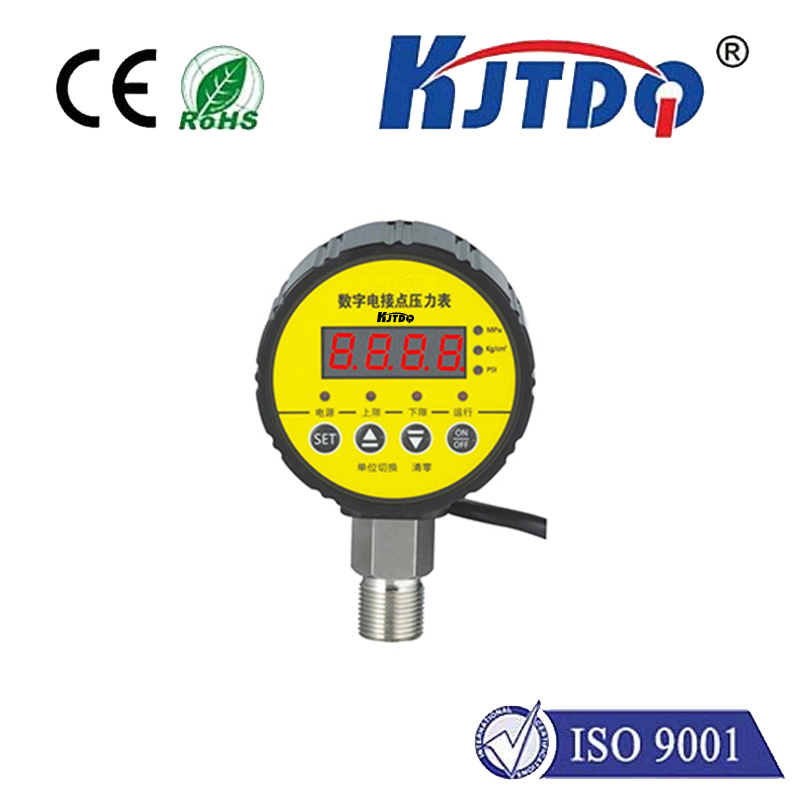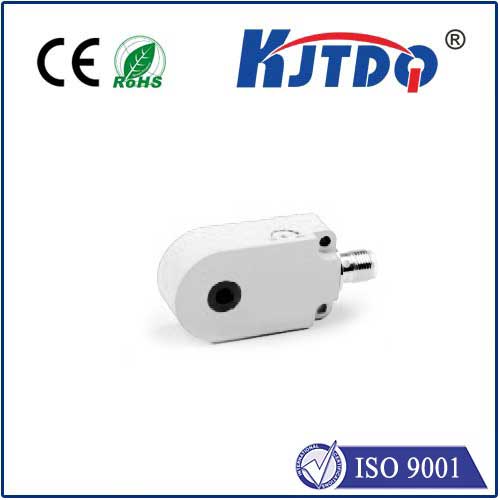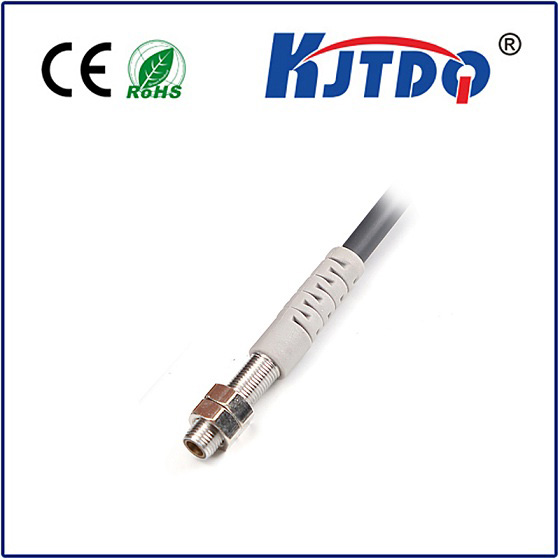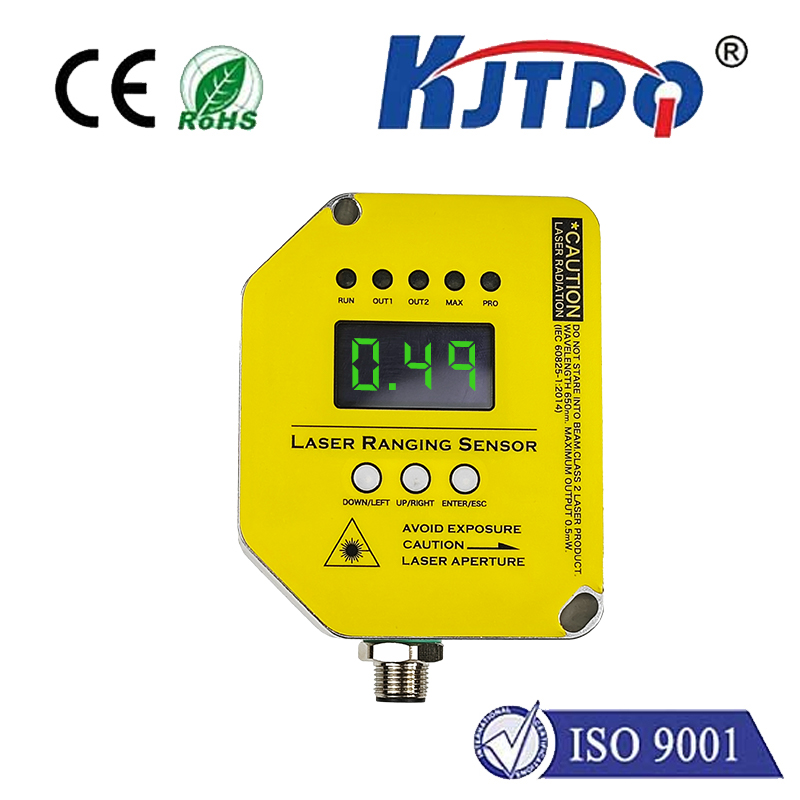

check

check

check

check
Optical Fiber Sensors in Modern Engineering: The Future of Smart Monitoring
In the rapidly evolving landscape of industrial automation and smart systems, the role of optical fiber sensors has become increasingly significant. Among the many innovations in this field, the FU-35TZ optical fiber sensor stands out as a reliable and advanced solution for real-time monitoring and data acquisition. This article explores the key features, applications, and advantages of the FU-35TZ optical fiber sensor, highlighting how it is revolutionizing modern engineering.
The FU-35TZ optical fiber sensor is designed to provide high-precision measurements in a variety of environments. Unlike traditional sensors that often require complex installation or maintenance, the FU-35TZ employs optical fiber technology to transmit signals over long distances with minimal interference. This makes it ideal for use in harsh conditions, such as high temperatures, vibration, or electromagnetic interference, where conventional sensors may fail.

One of the most notable features of the FU-35TZ is its high sensitivity and accuracy. Optical fiber sensors operate based on the principle of light interference, allowing for extremely precise measurements. This makes the FU-35TZ particularly useful in applications such as structural health monitoring, vibration analysis, and environmental sensing. The sensor’s ability to provide real-time data enables engineers to make immediate adjustments, improving system efficiency and safety.
Another key advantage of the FU-35TZ is its versatility. It can be deployed in a wide range of industries, including aerospace, automotive, manufacturing, and energy. In aerospace, for example, the sensor is used to monitor the structural integrity of aircraft components, ensuring that they remain within safe operational limits. In the automotive sector, it is employed in vibration sensors to detect early signs of wear and tear, thereby reducing downtime and maintenance costs.
The FU-35TZ also offers a cost-effective solution compared to other high-precision sensors. Despite its advanced capabilities, it is designed with a low power consumption and compact size, making it easy to integrate into existing systems. This reduces the overall cost of implementation and maintenance, while also improving system performance and reliability.
In addition to its technical advantages, the FU-35TZ provides significant benefits in terms of data transmission and processing. Optical fiber sensors offer immunity to electromagnetic interference, ensuring that the data collected is accurate and reliable. This is especially important in industrial settings where noise and interference can affect sensor performance. The sensor’s ability to transmit data over long distances without degradation ensures that engineers can monitor systems from a distance, improving operational efficiency.
The integration of the FU-35TZ into modern engineering systems is not just a technological advancement—it represents a shift towards smarter, more connected systems. As industries continue to move towards digitalization and data-driven decision-making, the role of optical fiber sensors like the FU-35TZ will only grow in importance. By leveraging the unique properties of optical fiber technology, engineers can achieve greater precision, reliability, and efficiency in their work.
The FU-35TZ optical fiber sensor is a prime example of how innovation in sensor technology is transforming the way we monitor and control systems. With its high accuracy, versatility, and reliability, it is set to play a crucial role in the future of smart engineering. As technology continues to advance, the potential applications of the FU-35TZ will expand, opening new possibilities for innovation and efficiency in various industries.
